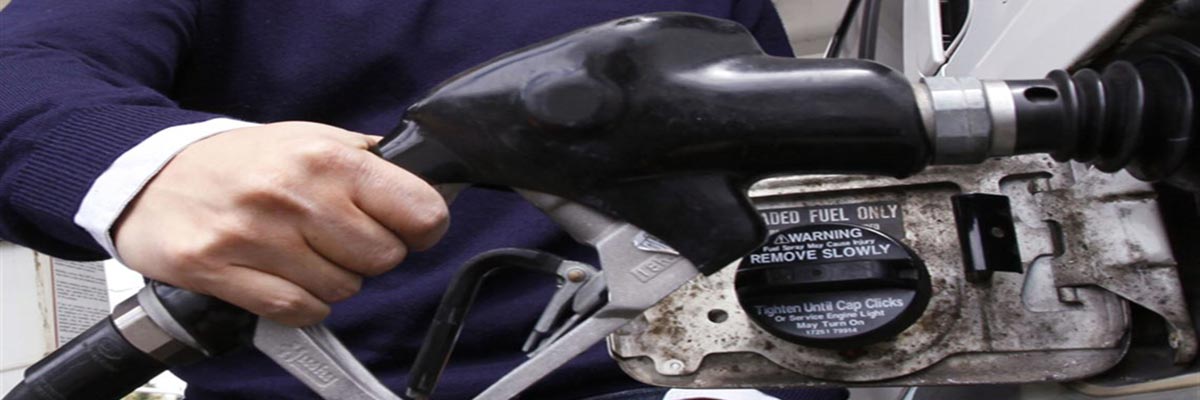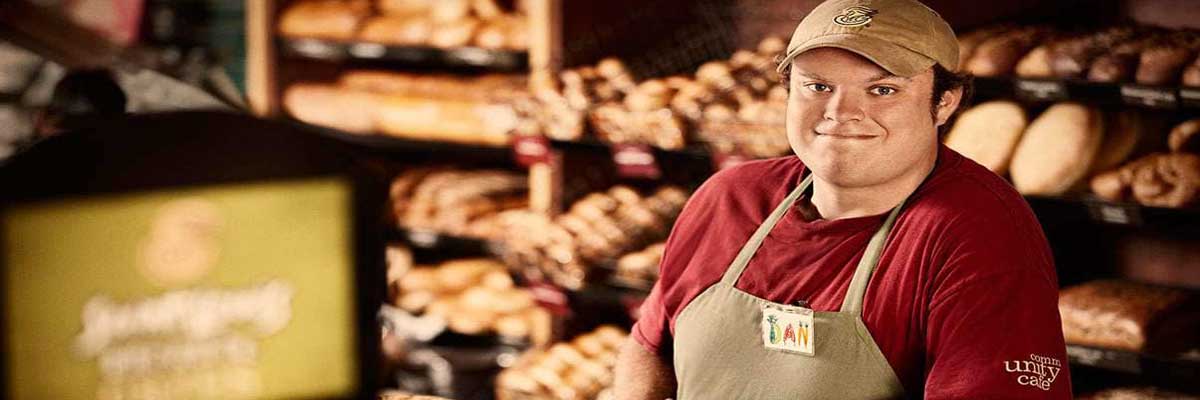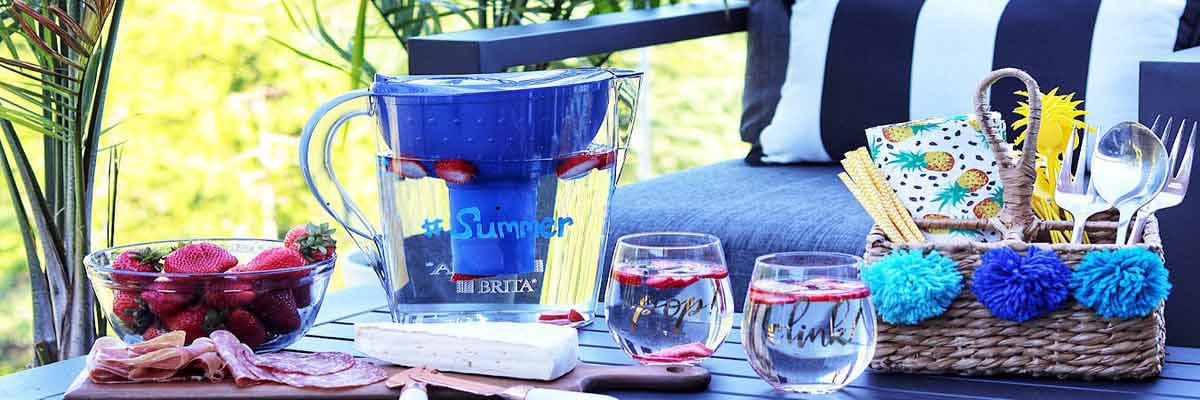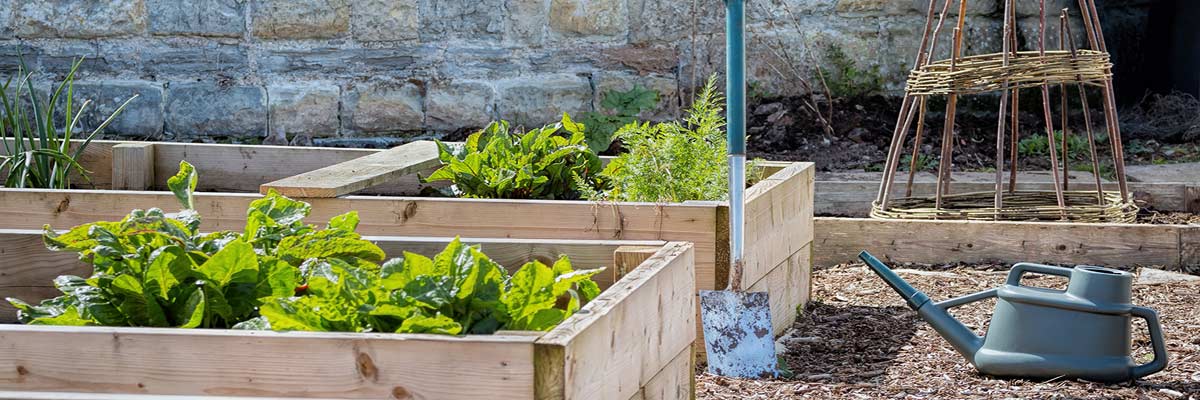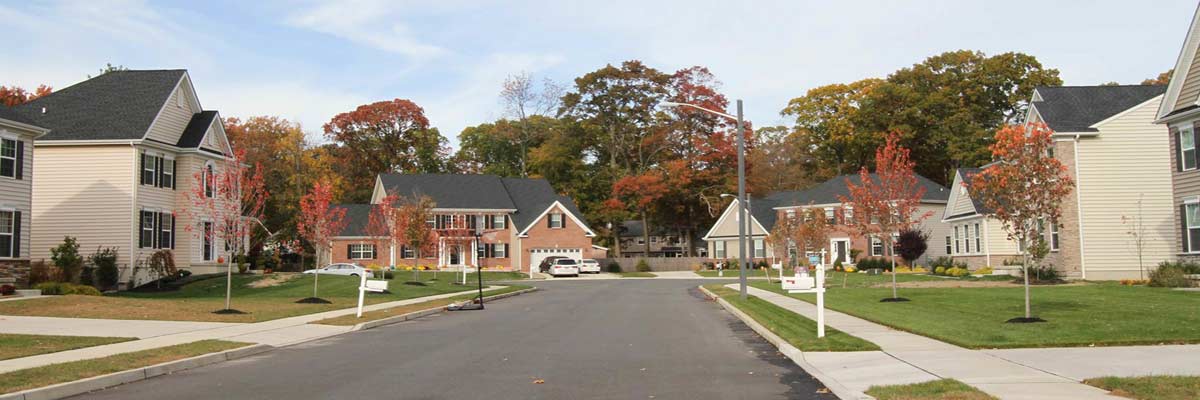Cycling…
I used to ride a motorcycle. It was a Suzuki GS 1150. That’s 1,150cc engine with 123 horsepower. Since it only had to accelerate 500 pounds, it could go from 0 to 70 in less than 3 seconds and only one gear change, which I knew from personal experience. It was the kind of bike that taunted you, that dared you to ride fast.
There was a gas station near one of my favorite riding places that sold high octane racing fuel. I loved to fill up and go for a long twisty ride. The racing fuel had a different smell, it smelled like adventure.
Riding a motorcycle is such a manual process. Between clutching, shifting, accelerating and braking, you have to use both hands and both feet. You lean into turns. Riding involves your entire body.
My motorcycle riding days ended when someone made a right turn in front of me. I was enjoying a straight road to the maximum, went around a bend and right in front of me was a car, pulling into a driveway. I would have swerved into the left lane, but there was an on coming pickup truck. My only choice was to hit the brakes. I remember seeing the horizon fly past my feet, then I landed in the gravel on the other side of the car. I walked away with a sore wrist and a scratch on my right ankle. The motorcycle never ran again.
Creative, Eco-Friendly Custom Cardboard Coffins Are Just A Click Away
We’re all about choice when it comes to death here on GroovyGreen. Sure, you don’t have much say in how you’ll go, but you can definitely make sure your exit is packaged just right. Take for instance these eco-friendly custom cardboard coffins from Creative Coffins. Each one is made from 60% recycled paper plus wood pulp sourced from sustainable forests, contains only natural starch-based glues (no screws, bolts, tape, or other fittings), handles made from natural woven cotton, and is completely non-toxic. Better yet, you can have them custom designed — or choose from any number of beautiful designs already on the site.
My favorites are the “Gone To Seed” theme or the “Box of Candy” design — mainly because it would be really funny to see some kid’s face if they thought it was a giant box of candy. Ok, probably not.
King Corn – Now Available via iTunes
The kind gentleman promoting King Corn (now out on DVD and iTunes) gave Groovy Green a complementary download of the movie via iTunes to review. I hadn’t seen the movie yet so it was a good opportunity to view the film and to try out watching a video via downloading.
First of all, downloading the film was fast and easy. I had iTunes downloading in the background while I caught up on my RSS feed, and was surprised by the speed in which the nearly 1 GB file was transferred. (For tech savvy readers: I have a high-speed cable connection, and run OS X 10.4.11 on a MacBook 1.83 GHz Core 2 Duo with 2 GB RAM). iTunes provides a quick and easy way to watch a movie. I think that this would be especially worth it on a long flight or trip. However I think that that is about the only way that it beats owning the actual DVD. There is no (legitimate) way to burn a iTunes download to a DVD to watch on your TV. Bummer. The $14.99 iTunes price did beat out the lowest DVD price that I could find at $17.99. One last benefit of downloading rather than purchasing the DVD is that is a much “greener” option. No energy or materials used to produce the media, nor fuel or effort to ship it. I imagine the trend will continue until DVD’s are things of the past.
Enough about iTunes movies, what did I think about the flick? I liked it. For those of you unfamiliar with the movie, here’s the summary:
Why Higher Gas Prices Are Making Me Smile
I’m not naive — I understand that there are severe hardships in store the longer the price of a barrel of oil soars ever higher. But here’s the thing. Every time I pass by my local gas station and see the numbers a couple cents higher than the day before, I smile. For some that might seem odd — and for those that depend on cheap oil, my sentiments are with you. Unfortunately for all of us, those unaffected and those in dire straits, this had to happen. As someone who champions sustainability day in and out, writes about political hangups to change America’s dependency on oil, and laments our lack of investment in renewable energies, this is a blessing in disguise. My only hope is that this continues — and is less of a “rubberband effect” we all experienced in the wake of Hurricane Katrina three years ago.
Why? Because if we are to shift to an economy that is truly self-sufficient and sustainable, we have to be hit hard collectively in the wallets. It’s the only way. As environmentalists, we can release movies, write articles, hold rallies, and buy all the green products in the world — but to to truly bear witness to real change, it has to come from those not directly involved. In other words, everyone must be faced with a burden. For some, climate change might be their burden and buying a hybrid vehicle or biking to work might be the solution. For others, higher gas prices which affect the bottom line might be their burden. In the end, what matters most is that it is a common hardship. Whatever the personal impact, the demanded outcome will be in unison.
Massachusetts Bakery Distributes Wheat Berries for Customers to Grow in Their Yards
Probably the coolest story in the “local food” movement that I’ve heard yet. A bakery in Massachusetts has started to distribute wheat berries (seeds) to customers to plant 100 sq. ft. plots of wheat in their yards. They plan a hand-scythed harvest in the summer. I think that this is a great idea, and it will be interesting to see how productive the 10 x 10 plots of “front yard” wheat are.
There is an NPR podcast here. And this local news story from The Recorder gives more detail:
Jonathan Stevens and Cheryl Maffei of Hungry Ghost Bakery became interested in what some are calling their ‘little red hen’ idea of giving people wheat seeds to grow locally after a New Mexico baker at a conference eight or nine years ago introduced them to bread made from locally grown grain.
Instead of baking with organic flour grown in North Dakota that gets trucked to North Carolina for milling, Stevens said, it makes much more sense to look at growing wheat and other grains nearby and milling it locally — especially since Massachusetts is believed to have been the site of North America’s first oat harvest — on the Elizabeth Islands — in 1602.
Filter For Good Earth Day Giveaway
The good folks at Brita have given Groovy Green two sets of a Nalgene Bottle and a Faucet Filtration System to give away to our readers in celebration of earth day, and as a part of their FilterForGood Pledge.
How to win: Leave a brief comment letting us know what you plan to do this Earth Day, and make sure that you tell us your email address (Email addresses are not posted online from the WordPress comment form, only the editors will see them.) Two lucky readers will be chosen at random from the comments.
Also, check out FilterForGood.com today!. Take their pledge to avoid bottle water and use a refillable container.
Feeding The Suburbs
This is the last story in our series from Wendy.
***************************************************************************************
This evening, after I read Andrew Lost on the Dog to Precious, I sat back in my bedroom and thumbed through the March/April edition of World Ark, the magazine published by Heifer International. What struck me as I read through the articles was the statistic “85% of all farms worldwide are smaller than five acres” (15). Several articles, cited the fact that most subsistence farms in Third World countries are very small – some even as small as mine.
I was surprised.
I have a book someone gave me entitled Five Acres and Independence. I’ve had it for a while, and having that book seemed to reinforce my (mistaken) notion that in order to be self-sufficient, I needed an acreage. I needed land, lots of land and the starry sky above ….
At any rate, a 1/4 acre wasn’t going to do it.
I didn’t know that a large portion of the world’s farmers are working land that isn’t much bigger than the average American suburban lot.
Love Thy Neighbor
Another in our series from Wendy.
***********************************************************************************************
I had a rather nomadic childhood. For the first eight years of my life, we moved at a rate of about once a year. Then, we were settled for about five years, but we moved again just before I started high school, and then, four years later, when I graduated from high school, I lived a transient life as a college student. Four years later, when I received my Bachelor’s degree, I moved for the next seven years, at about the same frequency as I did for the first eight years of my life – packing up my entire household and relocating every two to eighteen months.
Then, I moved with Deus Ex Machina, our two month old daughter, eight month old chow-chow puppy, and three year old iguana to Maine.
The Sustainable Suburbs: Self-Sufficiency
Another in our series from Wendy. This one is about being self sufficient on a small plot, and if you really need to be.
************************************************************************************************
Someone told me recently that I could never be self-sufficient on my quarter acre suburban lot here in southern Maine. I don’t have enough land, and I can’t build a greenhouse.
Maybe. Maybe she’s right. But just maybe ….
My hero, Dolly Freed, lived on a 1/2 acre 40 miles from Philadelphia. She and her father weren’t “self-sufficient”, in that they did depend on outside sources for electricity, water, some food items, and clothing.
The folks at Path To Freedom aren’t self-sufficient, either. They buy bulk grains for themselves, feed for their livestock, clothing, and toiletry item ingredients (they make their own, but don’t produce the ingredients on their land).
Both of those examples are people who have very little land, compared to, say the settlers in the late 1890s, who were given 160 acres, but both of those examples are also people who live with very few “modern” conveniences on very small pieces of land with very small sums of money. In fact, their incomes likely fall well below what is considered the Federal Poverty level, and by our money-centric standards should be living in squalor.
If you think so, please do spend some time at the Urban Homestead. It’s anything but squalor. They even have a televsion, although I don’t believe they watch it very often, and they, obviously, have an Internet connection. While you’re at it, you should also, really, try to find a copy of Possum Living. It’s amazing what can be done, and how little cash one actually needs to live a very fulfilling life.
The Sustainable Suburbs: Fowl Language
Another story in our series from Wendy. This one has some nuts and bolts about the cost of keeping chickens in your backyard.
************************************************************************************************
I live in the suburbs. Mine may not be a “typical” suburban neighborhood – my house was not part of a “planned” subdivision, although a subdivision plan was filed with the town for the road on which I live.
There’s also a planned subdivision across the road from me. The house lots are each a 1/2 acre. There’s another planned subdivision going in right down the road from me. I know the owner of the property. He’s my neighbor and owns the garden center next door.
About a 1/2 mile up the road from me is another family who also has chickens. I think they might also have bees.
This is a residential area. It’s a suburb. With the exception of my home business, the few other home-based workers and the garden center, there are no shops or other stores – just a bunch of houses from Route One until the grocery store that is the beginning of the town proper.



